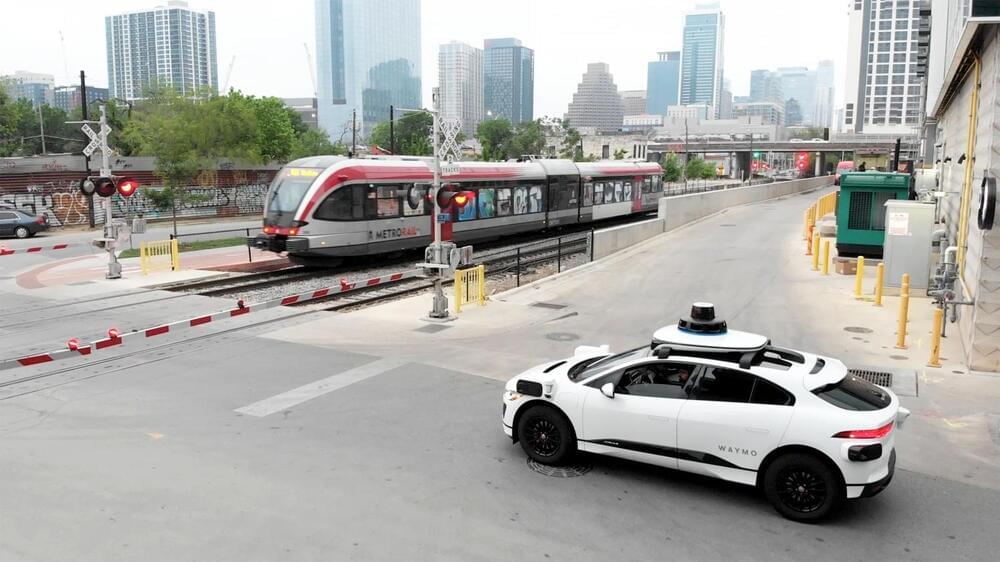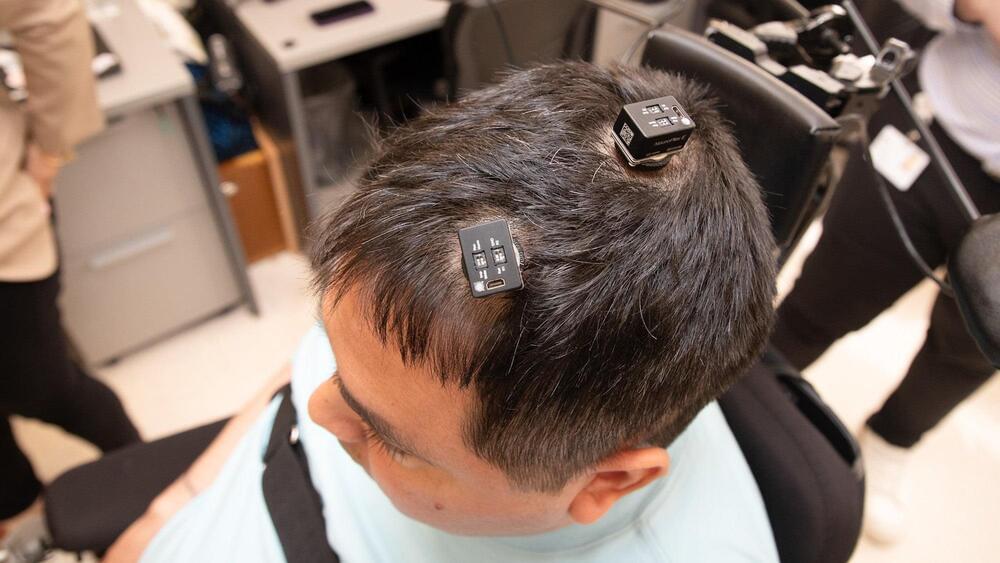Google will soon make it easier to remove your personally identifiable information and explicit images from search results right from Google Search or the Google app.
This can be done with the help of “Results about you,” a privacy-focused tool that was announced in May 2022 and started rolling out in September, allowing users to request the removal of search results that include their personal phone number, home address, or email address.
Today, Google VP of Trust Danielle Romain announced that the tool would receive a significant update, enhancing its functionality and effectiveness.









